
Freezing vegetables preserves the taste of your summer garden for enjoyment in the winter. Unlike canning, which requires special techniques and equipment, you only need a few simple tools to freeze raw vegetables. For best results, choose vegetables at the peak of ripeness and freshness. Discard any over-ripe, molding or diseased vegetables. Store frozen vegetables at 0 degrees Fahrenheit in a home freezer or refrigerator freezer compartment.
Step 1
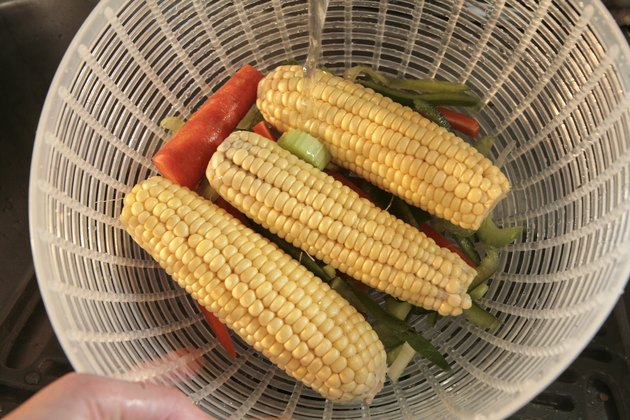
Prepare vegetables by removing husks from corn, shelling beans and peas and trimming away leaves and stems. Cut out any bruised or damaged part of vegetables. Wash vegetables to remove dirt.
Step 2
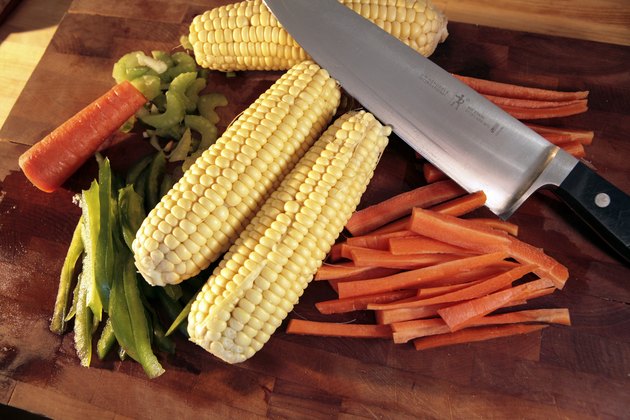
Cut the vegetables into uniform slices or pieces. Small pieces freeze faster and more evenly. You can leave corn on the cob or remove it from the cob.
Step 3
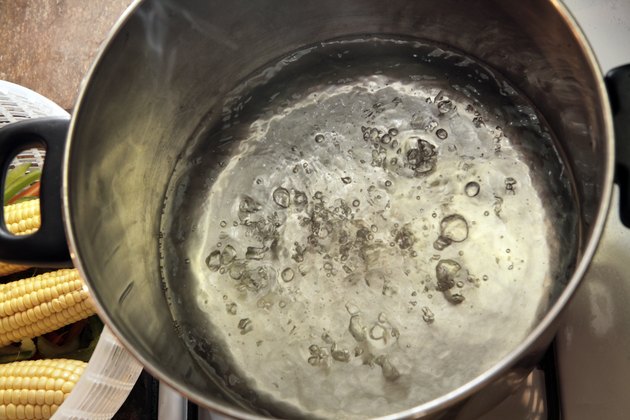
Fill the pot with water. You'll need at least 1 gallon of water for every pound of prepared vegetables, according to the New Mexico State University Cooperative Extension Service. Set the water to boil.
Step 4
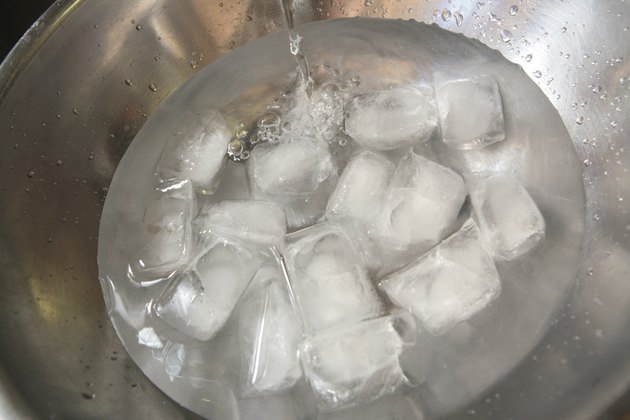
Fill a sink or basin with cold water and add ice to create an ice bath.
Step 5
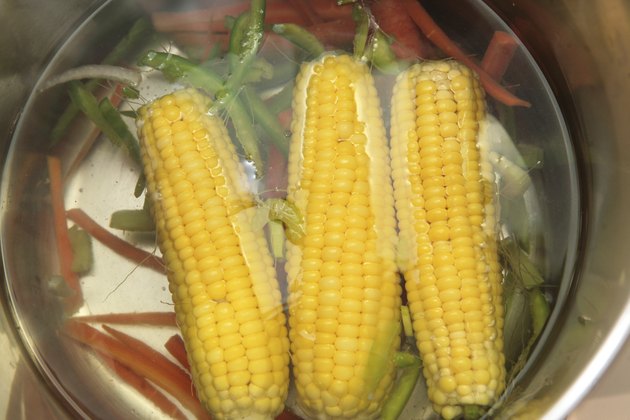
Put the prepared vegetables in the water when the water comes to a full boil. You need to boil raw vegetables in order to kill the enzymes that control ripening. Boiling for a few minutes kills the enzymes and stops the ripening process, preserving vegetables at the peak of flavor, according to the New Mexico State University Cooperative Extension Service. When the water returns to a boil, begin timing. Boil the vegetables for 1 ½ to 3 minutes. Consult a blanching time chart online or in a cookbook.
Step 6
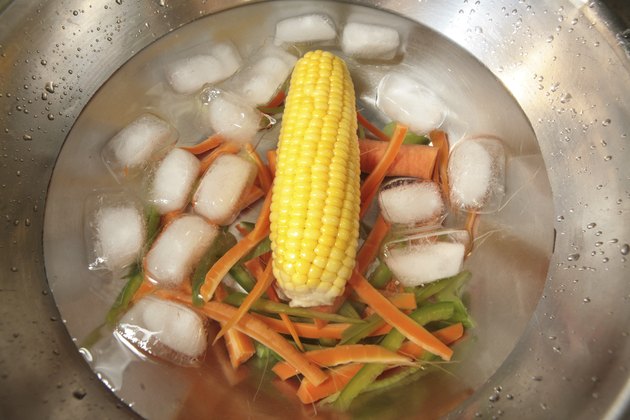
Remove the vegetables from the boiling water with a slotted spoon and immediately dump into the ice bath to stop the cooking. Leave the vegetables in the ice bath the same amount of time they were in the boiling water.
Step 7
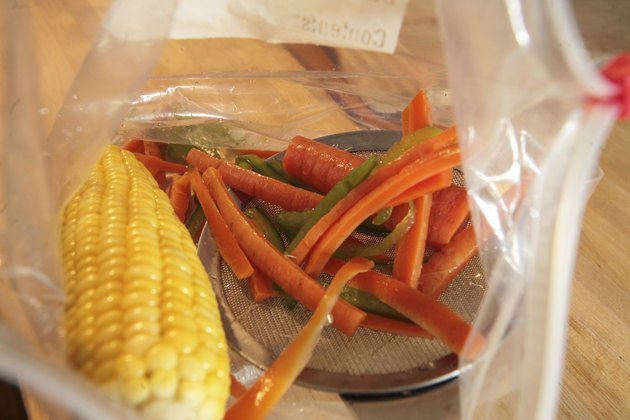
Drain the vegetables and pack in freezer bags and boxes. Fill the boxes or bags, allowing the pieces of vegetable to settle and squeezing out as much air as possible. Seal and place in freezer.
Things You'll Need
Knife
Large pot
Basin or sink
Ice cubes
Slotted spoon
Freezer bags or boxes
Tip
You don't need to blanch peppers or onions before freezing--simply wash, chop and place in freezer bags.
Freeze blanched slices of vegetables on a cookie sheet before putting them into freezer containers to make it easy to separate the frozen vegetables for cooking.
Warning
Lettuce, cucumbers and potatoes do not freeze well.